Madagascar Euphorbia Culture
bikerdoc5968 Z6 SE MI
11 years ago
Related Stories
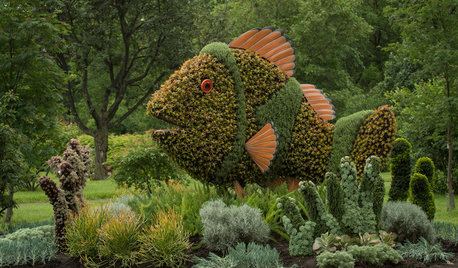
INSPIRING GARDENSLiving Sculptures Delight at the Montreal Botanical Garden
Go see it: clownfish, lemurs, frogs, loyal dogs and more — designers have turned plants into art for a fantastic summer installation
Full Story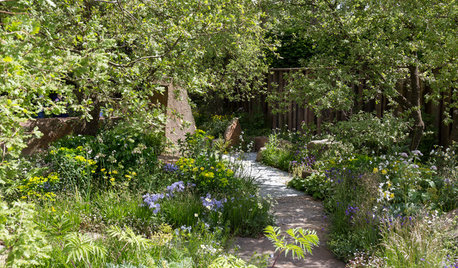
TASTEMAKERSWild Countryside Evoked in a Garden of Memories
For the Chelsea Flower Show, a designer taps into his experience of Exmoor, England, to create a garden that is powerfully personal
Full Story
GARDENING FOR BUTTERFLIES3 Ways Native Plants Make Gardening So Much Better
You probably know about the lower maintenance. But native plants' other benefits go far beyond a little less watering and weeding
Full Story
HOUSEPLANTS10 Top Plants to Grow Indoors
Brighten a room and clean the air with a houseplant that cascades artfully, stretches toward the ceiling or looks great on a wall
Full Story
GARDENING GUIDESGreat Design Plant: Snowberry Pleases Year-Round
Bright spring foliage, pretty summer flowers, white berries in winter ... Symphoricarpos albus is a sight to behold in every season
Full Story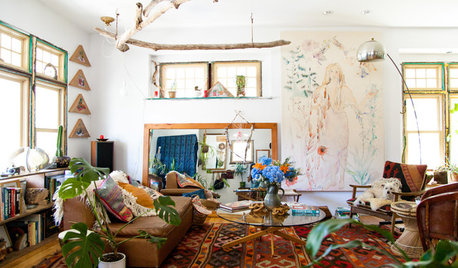
MY HOUZZMy Houzz: Bohemian Home Inspired by Organic 1970s Design
The turn-of-the-last-century home of a creative Portland couple becomes an extension of their art
Full Story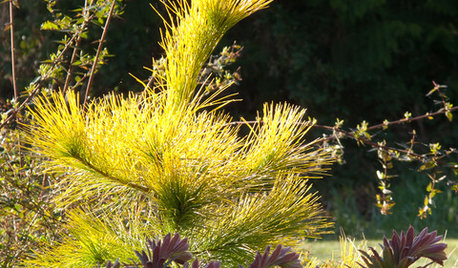
GARDENING GUIDESGreat Design Plant: Louie Eastern White Pine
This stunning golden conifer will bring a smile to your face and add a ray of sunshine to your winter garden
Full Story





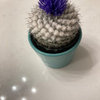
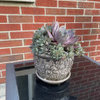
Microthrix
bikerdoc5968 Z6 SE MIOriginal Author
Related Professionals
Lyndhurst Landscape Contractors · Panama City Beach Landscape Contractors · Pleasant Prairie Landscape Contractors · Roseville Landscape Contractors · Geneva General Contractors · Grand Junction General Contractors · Hanford General Contractors · Mishawaka General Contractors · Waldorf General Contractors · Maple Valley Carpenters · Tualatin Carpenters · Bloomington Decks, Patios & Outdoor Enclosures · Gastonia Decks, Patios & Outdoor Enclosures · Salt Lake City Decks, Patios & Outdoor Enclosures · St John's Kirk Decks, Patios & Outdoor Enclosureskaryn1
penfold2
bikerdoc5968 Z6 SE MIOriginal Author
karyn1
bikerdoc5968 Z6 SE MIOriginal Author
lzrddr
menschenjaeger
John Maxstadt